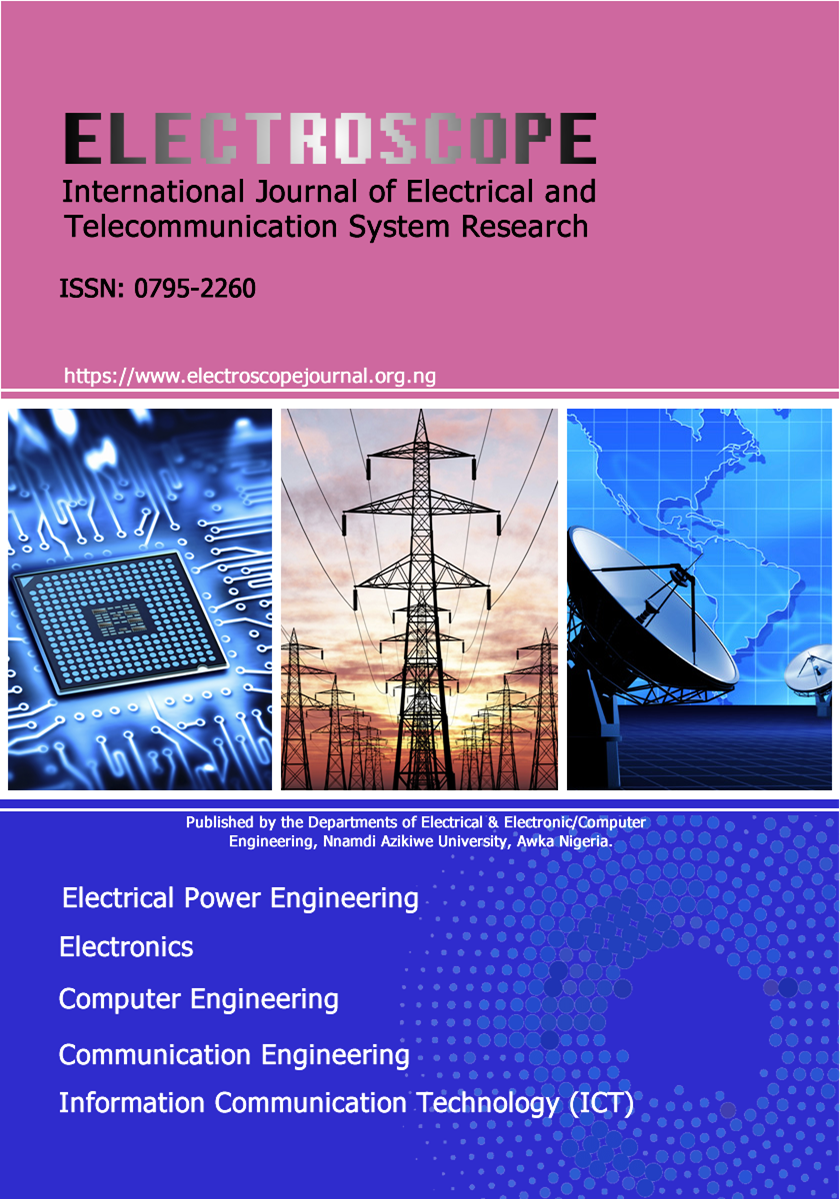PERFORMANCE IMPROVEMENT OF HANDOVER SCHEME FOR AN ESTABLISHED LONG TERM EVOLUTION (LTE) NETWORK
Keywords:
Handover, Hysteresis, LTE, LTE Simulator, Time to TriggerAbstract
This work studies the handover performance evaluation of Long Term Evolution and the effect of the handover parameters on the performance of the network. Optimizing the handover parameters is one way to greatly influence the amount of signaling overhead, especially in suboptimal situation after CDMA2000 to LTE migration. It was shown, that changing the parameter values hugely affects the amount of handovers. The analysis was based on measurements conducted in a live production network in Awka, Anambra State. The tests were conducted using the LTE 2600 MHz frequency band. The maximum bandwidth of 20 MHz was employed resulting to maximum of 100 allocated Resource Block (RBs). Since the setting of handover triggers is of primary importance for a good performance of the handover procedure, different triggering settings for the selected parameters have been performed. The optimal settings for each of the parameters were proposed and simulated using a system level simulator (LTE-Sim) developed in MATLAB. The performance evaluation of the network was carried out using the key performance indicators (KPIs) such as handover failure, cell throughput, and handover success rate and downlink traffic volume. Results obtained showed that relatively light test setup was enough to decrease the average amount of handovers to 45.29% per cell. The parameter values were set to 3dB offset, 1dB hysteresis and 640ms time-to-trigger (TTT), instead of the original 1dB offset, 1dB hysteresis and 640 ms TTT. By making the conditions of A3 event stricter, not only the amount of handovers was Handoverdecreased, but the average downlink and uplink throughput was also increased.


